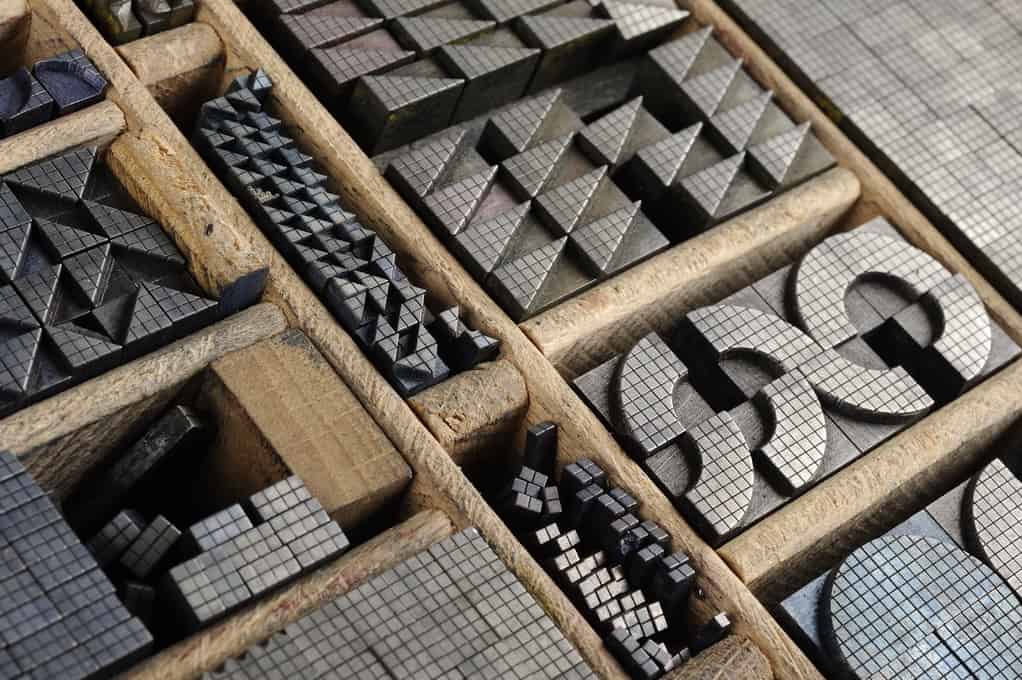Hi All,
I'm trying to put together a presentation for my staff of earlier proofing systems and I'm looking for any pics or videos of "historical" proofing systems - Chromalin, Colorart, Final Proof, Match Print, Color Keys, etc.
Does anybody have anything they can share? Or links to videos that show how these proofs were made?
I've searched online - Google and YouTube and I'm not coming up with anything.
Jud
I'm trying to put together a presentation for my staff of earlier proofing systems and I'm looking for any pics or videos of "historical" proofing systems - Chromalin, Colorart, Final Proof, Match Print, Color Keys, etc.
Does anybody have anything they can share? Or links to videos that show how these proofs were made?
I've searched online - Google and YouTube and I'm not coming up with anything.
Jud













